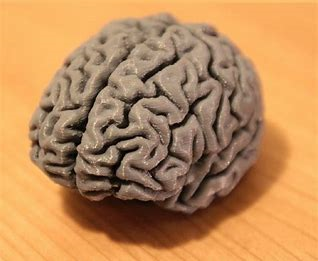
A highly specific pattern of reduced gray matter (GM) volume is a feature of major depressive disorder (MDD), suggesting that there is a structural basis for the disorder.
A current sub-study of a previous International Study to Predict Optimized Treatment in Depression (iSPOT) trial has tested the hypothesi that a highly specific pattern of reduced gray matter (GM) volume is a feature of major depressive disorder (MDD). Results from the study is published in the journal Translational Psychiatry.
The investigators sought to replicate and extend their prior findings of profound and widespread GM loss among patients with MDD, as well as to assess the diagnostic accuracy of a structural biomarker derived from GM volume in an interconnected pattern across the brain.
In the present sub-study of iSPOT, they enrolled 2 cohorts of clinically defined participants with MDD — “Test” patients (n=98) and “Replication” patients (n=131) — who were evaluated alongside members of a control group (n=66). Using 3T magnetic resonance imaging-weighted volumes, they evaluated GM volume differences among the groups. Sensitivity, specificity, and area under the receive operating characteristic curve (AUC) were used to assess an MDD diagnostic biomarker based on the appearance of a precise spatial pattern of GM loss.
A highly conserved symmetric widespread pattern of reduced GM volume in MDD was observed, which replicated prior results. There were 3 bilateral dominant clusters noted: cluster 1: midline/cingulate; cluster 2: medial temporal lobe; and cluster 3: prefontal cortex. A GM reduction of 6.4% was found in the cluster 1 test group and 5.3% in the replication group; cluster 2, 8.2% and 11.9%, respectively; and cluster 3: 12.1% and 23.2%, respectively.
With the use of these findings, the researchers were able to develop a biomarker that reflected the global pattern of GM reduction and attained good diagnostic classification performance with an AUC for the test group of 0.75 and replication, 0.84.
“Our data firmly establish that the pathophysiology of MDD has an important structural component, underpinned by several highly correlated regions of GM susceptibility. We suggest that this structural finding may be reflective of a primary anatomical MDD-related vulnerability, and/or secondary pathological change,” the researchers wrote.
Reference
Hellewell SC, Welton T, Maller JJ, et al. Profound and reproducible patterns of reduced regional gray matter characterize major depressive disorder. Transl Psychiatry. 2019; 9(1):176.
DATELINEHEALTH AFRICA INC., is a digital publisher for informational and educational purposes and does not offer personal medical care and advice. If you have a medical problem needing routine or emergency attention, call your doctor or local emergency services immediately, or visit the nearest emergency room or the nearest hospital. You should consult your professional healthcare provider before starting any nutrition, diet, exercise, fitness, medical or wellness program mentioned or referenced in the DatelinehealthAfrica website. Click here for more disclaimer notice.